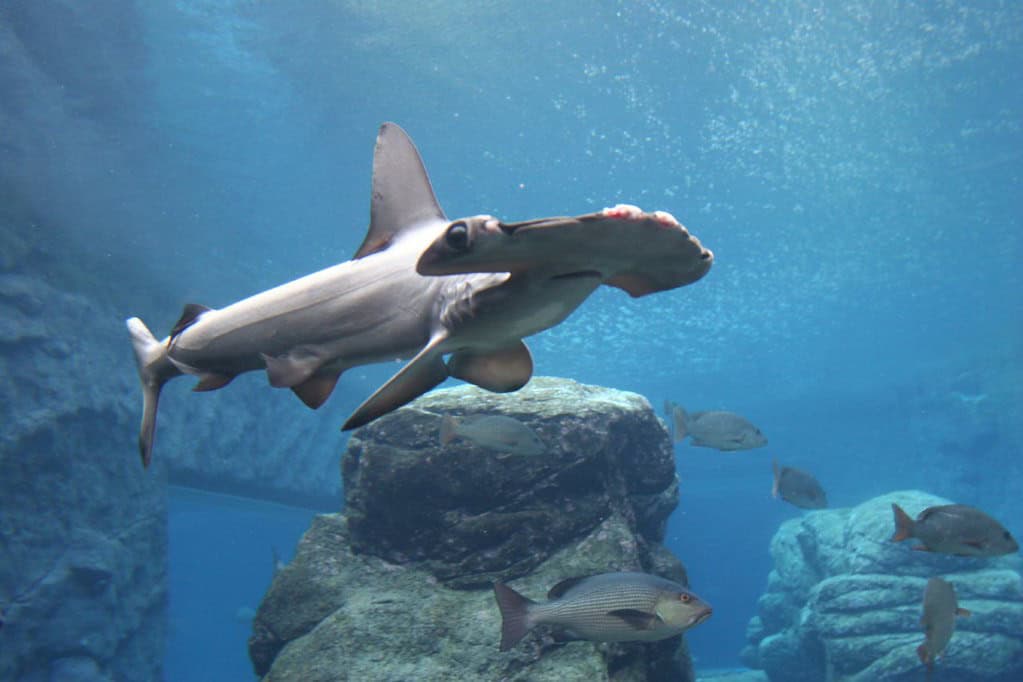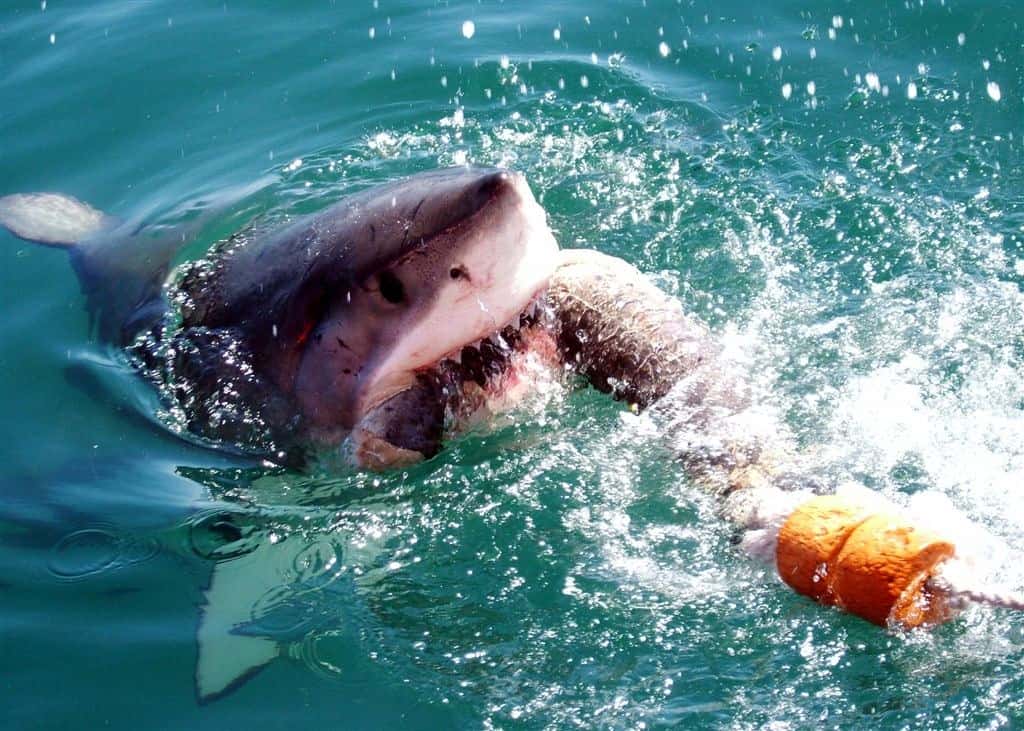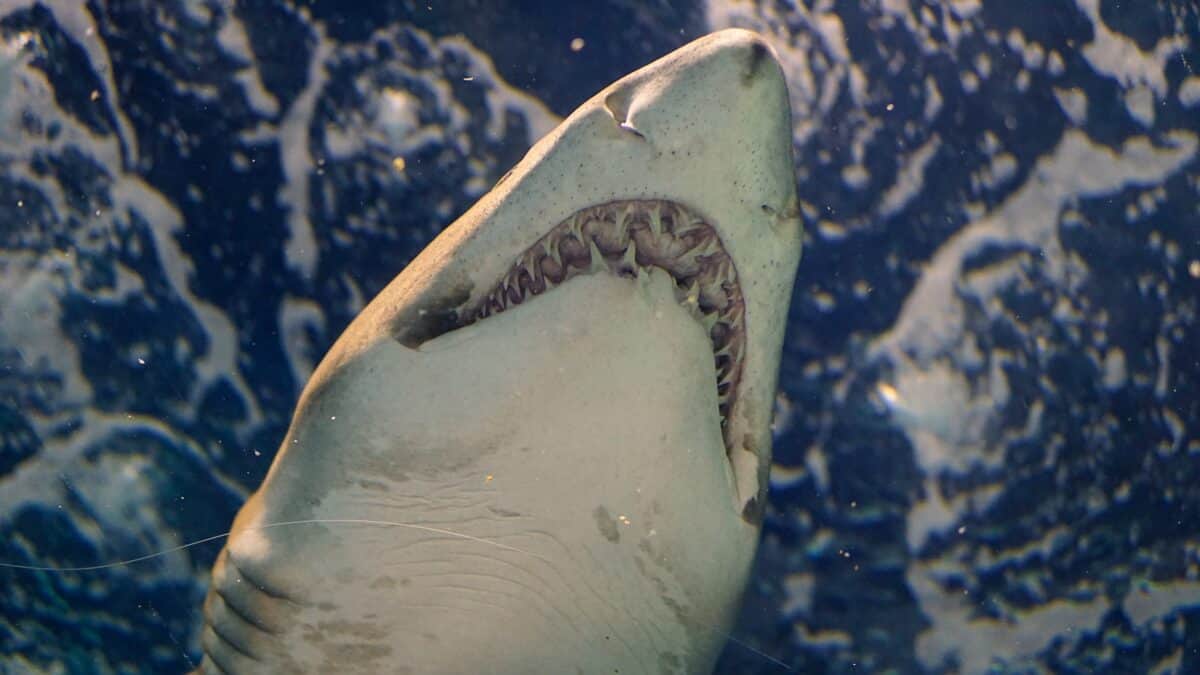In popular culture, sharks have long been portrayed as merciless predators with an insatiable appetite for human flesh. From the 1975 blockbuster “Jaws” to sensationalized media coverage of shark encounters, these marine creatures have been cast as villains of the ocean. But does this fearsome reputation align with reality? When we examine the data and understand shark behavior, a dramatically different picture emerges—one that challenges our deeply ingrained fears and misconceptions. This article delves into the truth about sharks, exploring their ecological importance, actual risk to humans, and the far greater threats they face from us. By separating fact from fiction, we can gain a more balanced perspective on these remarkable animals that have been swimming Earth’s oceans for more than 450 million years.
The Origin of Our Shark Fear

Human fear of sharks can be traced to both evolutionary and cultural origins. From an evolutionary standpoint, humans have developed natural wariness of predators, especially those in unfamiliar environments like the ocean. However, it was the release of Steven Spielberg’s “Jaws” in 1975 that crystallized and magnified this fear in modern consciousness. This film, which depicted a great white shark terrorizing a beach community, singlehandedly created what marine biologists now refer to as the “Jaws effect”—a pervasive and often irrational fear of sharks.
Following its release, shark hunting tournaments increased dramatically, and public perception of sharks became overwhelmingly negative. Media coverage has continued this tradition, with shark attacks receiving disproportionate attention compared to other risks, reinforcing the notion that sharks actively hunt humans—a claim thoroughly debunked by scientific research.
Shark Attack Statistics: The Reality

When we examine the actual data on shark incidents, the discrepancy between perception and reality becomes evident. According to the International Shark Attack File (ISAF), there are typically only 70-100 unprovoked shark attacks worldwide annually, with fatalities averaging around 5-10 per year. In 2022, there were 57 unprovoked shark bites worldwide, resulting in 5 fatalities. To put this in perspective, humans have a higher chance of dying from a lightning strike (about 49 deaths annually in the US alone), a falling coconut (approximately 150 deaths worldwide annually), or a dog attack (around 30-50 deaths yearly in the US). Statistically, the average person has a 1 in 3.7 million chance of dying from a shark attack. Even for regular ocean users in shark-inhabited waters, the risk remains extraordinarily low. These statistics reveal that our fear of sharks is wildly disproportionate to the actual threat they pose.
Understanding Shark Behavior

Contrary to popular belief, sharks do not view humans as prey. Most shark species are highly specialized predators with specific dietary preferences that typically include fish, seals, sea lions, and occasionally turtles—not humans. When sharks do bite humans, it’s most often a case of mistaken identity or investigatory behavior. Sharks lack hands to explore objects, so they use their mouths to investigate unfamiliar items in their environment. This explains why many shark bites are single strikes followed by immediate release once the shark realizes the human is not its natural prey.
Research has shown that sharks can distinguish between their preferred prey and humans, which is why fatal attacks are so rare despite millions of human-shark interactions each year. Understanding these behavioral patterns helps explain why most shark encounters end without incident, and why “rogue sharks” that deliberately hunt humans are a myth rather than a scientific reality.
The Different Personalities of Shark Species

The term “shark” encompasses over 500 different species with remarkably diverse behaviors, habitats, and feeding strategies. Of these, only about a dozen have been associated with unprovoked attacks on humans. The three species most commonly involved in incidents with humans are great whites, tiger sharks, and bull sharks. However, many sharks, such as whale sharks (the largest fish in the ocean), basking sharks, and nurse sharks, pose virtually no threat to humans despite their intimidating size or appearance.
Some species, like the epaulette shark, can even “walk” on their fins across reef flats, while others, like the cookiecutter shark, take cookie-shaped bites out of larger marine animals. Bamboo sharks are so docile they’re popular in touch tanks at aquariums. This incredible diversity highlights how reductive it is to characterize all sharks as dangerous. Each species has evolved unique characteristics and behaviors adapted to their ecological niche, and the vast majority have no interest in humans whatsoever.
Ecological Importance of Sharks

Sharks play a crucial role in maintaining healthy marine ecosystems as apex predators. Their presence creates what ecologists call a “landscape of fear,” influencing the behavior and distribution of prey species throughout the food web. By controlling prey populations, sharks prevent any single species from dominating and help maintain species diversity. For example, research in Shark Bay, Australia, has shown that tiger sharks indirectly protect seagrass meadows by controlling dugong and turtle grazing behavior.
Similarly, studies in the Northwest Atlantic have demonstrated that the decline of large sharks led to an increase in cownose ray populations, which subsequently decimated commercially important scallop fisheries. In coral reef ecosystems, sharks help maintain reef health by removing weak or sick fish, preventing the spread of disease. As ecosystem engineers, sharks create balanced marine environments that ultimately benefit humans through healthier fisheries, more resilient coral reefs, and greater biodiversity—highlighting why shark conservation is not just about protecting a single species, but entire ocean ecosystems.
Humans: The Real Predators

While sharks kill approximately 5-10 humans annually, humans kill an estimated 100 million sharks each year—a mortality rate that has pushed many shark species to the brink of extinction. This staggering number stems primarily from commercial fishing, particularly for shark fins used in shark fin soup, a luxury dish in some Asian markets. Fins are often harvested through “finning,” a cruel practice where sharks’ fins are sliced off before the still-living animals are thrown back into the ocean to die slowly.
Beyond targeted fishing, millions of sharks die annually as bycatch in fishing operations targeting other species. Additionally, habitat destruction, pollution, and climate change further threaten shark populations worldwide. The contrast is stark: for every human killed by a shark, humans kill approximately 10-20 million sharks. This disproportionate impact reveals that, rather than being the hunters, sharks are overwhelmingly the hunted in the human-shark relationship.
Conservation Status and Population Decline

The conservation outlook for many shark species is grim. According to the International Union for Conservation of Nature (IUCN), over a third of all shark and ray species are threatened with extinction. Some populations have declined by more than 90% in recent decades. The oceanic whitetip shark, once among the most abundant large predators on Earth, has decreased by approximately 98% in some regions. Similarly, hammerhead shark populations have declined by up to 89% worldwide.
These dramatic declines are particularly concerning because sharks are generally K-selected species, meaning they grow slowly, mature late, and produce few offspring—characteristics that make their populations especially vulnerable to overfishing and slow to recover from depletion. Recovery time for many shark populations is measured in decades or even centuries rather than years. Without significant conservation action, we face the very real possibility of losing species that have survived multiple mass extinction events throughout Earth’s history, including the one that killed the dinosaurs.
Media Portrayal vs. Scientific Reality

The disparity between how sharks are portrayed in media and their scientific reality could hardly be greater. News outlets frequently use sensationalistic language like “man-eater,” “killer,” and “rogue shark” that anthropomorphizes these animals and assigns them malicious intent they simply don’t possess. Studies analyzing media coverage of shark incidents have found that reports often include irrelevant details about the sharks’ size and appearance while downplaying human behaviors that may have contributed to the encounter.
TV programming, particularly during “Shark Week,” has sometimes prioritized spectacle over science, featuring misleading or fabricated scenarios that exaggerate risk. This sensationalism has real consequences: research has shown that negative media coverage correlates with decreased public support for shark conservation and increased support for lethal control measures. Scientists and conservation organizations continue to push for more responsible reporting that accurately reflects the minimal risk sharks pose to humans and highlights the ecological importance of these misunderstood predators.
Shark Deterrents and Safety Measures

As our understanding of shark behavior improves, so do the methods for reducing the already minimal risk of shark encounters. Modern approaches focus on non-lethal deterrents that protect both humans and sharks. Personal deterrents include devices that emit electrical pulses that overstimulate sharks’ electroreceptors, making close approach uncomfortable without causing harm. Visual deterrents like patterned wetsuits and surfboards that disrupt the shark’s visual perception of potential prey show promise in research settings.
Community-based approaches include drone surveillance programs that spot sharks near beaches and alert swimmers, as well as “smart” drumlines that immediately alert authorities when a shark is caught, allowing for quick release with minimal harm. Education remains perhaps the most effective safety measure: avoiding dawn and dusk swimming (when many sharks feed), staying out of the water when bleeding, avoiding areas with fishing activity or large schools of fish, and swimming in groups rather than alone significantly reduce the already low risk of problematic shark encounters.
Success Stories in Shark Conservation

Despite the challenges, there have been significant victories in shark conservation that provide hope for the future. The creation of shark sanctuaries—areas where commercial shark fishing is banned—has expanded dramatically, with countries like Palau, the Bahamas, and the Maldives establishing national protections that span millions of square kilometers of ocean. These sanctuaries not only protect sharks but have proven economically beneficial through shark-based tourism, with studies showing that a single reef shark can generate nearly $2 million in tourism revenue over its lifetime—far more than its one-time value in the fin trade.
International policy has also improved, with more shark and ray species receiving protection under the Convention on International Trade in Endangered Species (CITES), restricting international trade in threatened species. Public perception is slowly shifting too, thanks to educational efforts by aquariums, conservation organizations, and influential documentaries. Citizen science initiatives like shark tagging programs and sighting networks engage the public directly in shark conservation while providing valuable data to researchers, creating a growing community of shark advocates.
Living Alongside Sharks

Coexistence with sharks is not only possible but is already the reality for millions of people who regularly enter the ocean. In regions with healthy shark populations like Hawaii, parts of Australia, and South Africa, locals have developed cultural connections with sharks that balance respect with practical knowledge of safe ocean use. Traditional ecological knowledge from indigenous communities often contains sophisticated understanding of shark behavior and habitat use that complements scientific research.
For the average ocean-goer, simple awareness and common-sense precautions are sufficient to minimize the already tiny risk of negative shark encounters. Professional ocean users like surfers, divers, and fishermen often develop nuanced relationships with the sharks in their waters, recognizing them as an integral part of the marine environment rather than a threat to be feared. As our understanding of sharks improves and harmful stereotypes fade, more communities are finding that living alongside these ancient predators enriches rather than endangers their connection to the ocean.
The Future of Human-Shark Relations

The trajectory of human-shark relations will depend largely on our willingness to replace fear with understanding and exploitation with conservation. Emerging technologies offer promising tools for this shift, from environmental DNA (eDNA) that can detect shark presence in water samples to satellite tagging that reveals previously unknown migration patterns. These scientific advances are complemented by changing media narratives, with more documentaries, articles, and educational content highlighting sharks’ ecological importance and complex behaviors rather than just their teeth and jaws.
Social media has democratized shark advocacy, allowing scientists and conservationists to reach millions with accurate information that counters sensationalism. Young people especially show more positive attitudes toward sharks than previous generations, suggesting a cultural shift is underway. If these trends continue and are supported by stronger protective policies, human-shark relations could transform from one of fear and exploitation to mutual benefit, where healthy shark populations support marine ecosystems and sustainable ocean economies, and humans recognize these remarkable animals for what they truly are: essential, vulnerable, and far more threatened than threatening.
Conclusion

The fearsome image of sharks that dominates popular culture bears little resemblance to the reality of these complex, ecologically vital, and increasingly vulnerable animals. The data speaks clearly: sharks pose minimal risk to humans, with odds of a fatal encounter so remote that our intense fear of them represents one of our most irrational phobias. Meanwhile, human activities threaten the very existence of many shark species, with potential ecological consequences that extend throughout marine ecosystems and ultimately affect human wellbeing.
The good news is that our relationship with sharks appears to be at a turning point, with growing scientific understanding, improved conservation measures, and slowly shifting public perceptions creating possibility for a new paradigm. By replacing fear with facts and exploitation with protection, we can ensure a future where sharks continue to fulfill their ecological roles in healthy oceans. Perhaps the most important question isn’t whether sharks are the threat we think they are—the evidence decisively shows they’re not—but whether we can overcome our misperceptions in time to protect these ancient mariners from the very real threat that we pose to them.
- How Sloths Help Support Mini-Ecosystems in Their Fur - August 9, 2025
- Eagles vs. Snakes: Who Would Win? - August 9, 2025
- Why Pandas Were Once Nearly Extinct—and How China Saved Them - August 9, 2025

